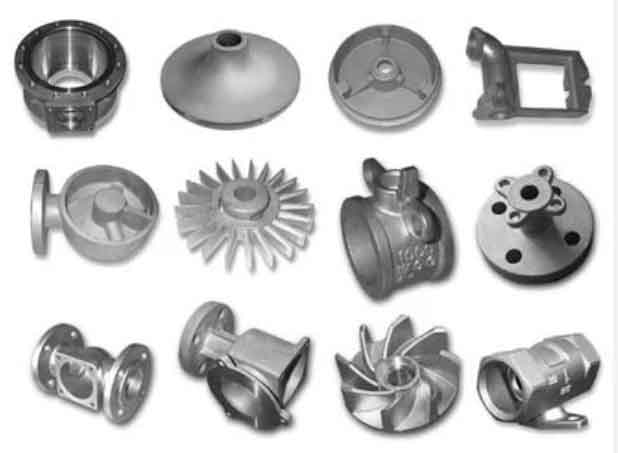
Precision and quality are crucial factors in ductile iron casting to achieve complex and reliable parts. Here are some key aspects that contribute to achieving precision and maintaining high quality in ductile iron casting:
1. Pattern Design and Tooling:
The pattern design and tooling used in ductile iron casting play a significant role in achieving precision. The pattern, which represents the final shape of the desired part, must be carefully designed and manufactured to ensure accurate dimensions and surface finish. High-quality tooling, such as molds and cores, is essential for maintaining dimensional stability and achieving consistent part quality.
2. Molding and Core Making:
Molding and core making processes are critical steps in ductile iron casting. Proper mold and core preparation, including sand conditioning, compaction, and venting, is essential to achieve precise and defect-free castings. Advanced molding techniques, such as automated molding systems or computer-aided design and manufacturing (CAD/CAM), can enhance precision and repeatability.
3. Melting and Pouring Practices:
The quality of the molten metal and the pouring practices greatly impact the final casting quality. Careful control of the melting process, including temperature, alloy composition, and degassing, ensures consistent and high-quality molten metal. Proper pouring techniques, such as controlled pouring rate and gating design, help prevent defects like shrinkage and porosity.
4. Solidification and Cooling Control:
Controlling the solidification and cooling process is crucial for achieving precise and reliable castings. Proper riser design and placement help promote directional solidification and minimize the risk of defects. The use of insulating materials or cooling aids can control cooling rates and optimize the microstructure and mechanical properties of the castings.
5. Quality Control and Inspection:
Implementing robust quality control measures and inspection processes is essential to ensure the precision and quality of ductile iron castings. This includes various techniques such as dimensional inspections, visual inspections, non-destructive testing (NDT), and metallurgical analysis. Continuous monitoring and feedback loops help identify and address any quality issues promptly.
6. Machining and Finishing:
Machining and finishing operations after casting play a role in achieving the desired precision and surface quality. Machining techniques, such as CNC machining, help achieve tight tolerances and precise geometries. Proper surface finishing, including grinding, polishing, or coating, enhances the aesthetics and functional properties of the cast parts.
7. Process Optimization and Continuous Improvement:
Process optimization and continuous improvement efforts are essential for enhancing precision and maintaining high-quality standards in ductile iron casting. This includes analyzing process data, identifying areas for improvement, implementing corrective actions, and investing in advanced technologies or automation to streamline production and enhance consistency.
By focusing on these aspects and implementing stringent quality control measures throughout the casting process, manufacturers can achieve precision and consistently deliver high-quality ductile iron castings. This ensures that complex parts meet the required specifications, performance criteria, and reliability standards in various industries.
